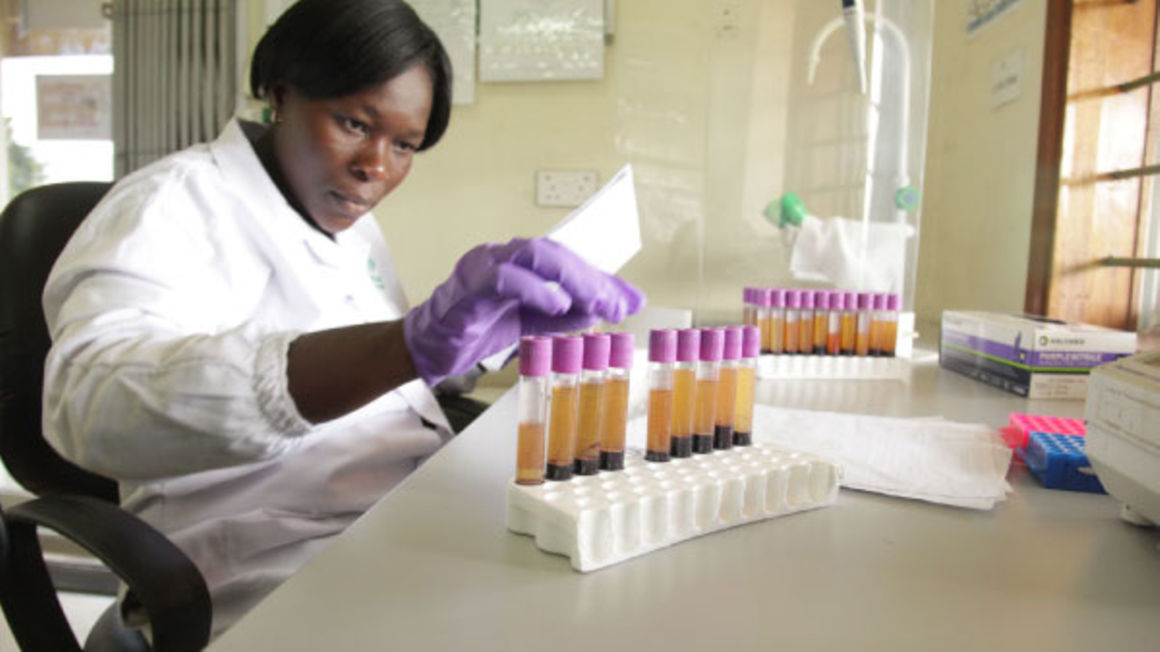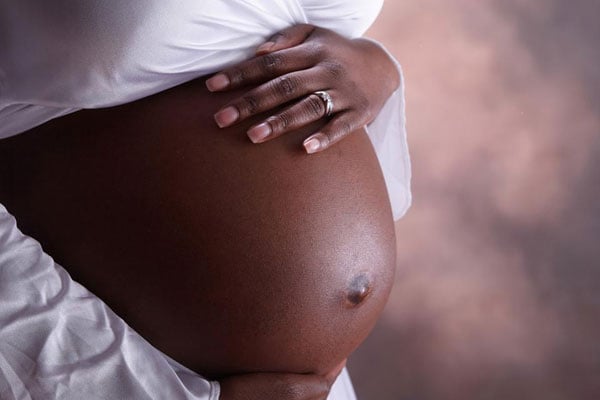Curfew blocks night HIV testing in Mbale

A laboratory attendant analyses blood samples in Lweza, Wakiso District. HIV testing of city dwellers in Mbale City has reduced. PHOTO/ FILE
What you need to know:
- Targeted groups such as sex workers, boda boda riders, and inmates have been affected
Health officials in Mbale City have attributed the rise in HIV infections in urban areas to a reduction in night testing sessions in hotspot areas due to Covid-19 restrictions .
The tests are conducted at night to protect people from being stigmatised when they visit testing centres during the day.
Mr Robert Wandwasi, the Mbale HIV/Aids focal person, said the testing, which was carried out from 7pm to midnight at different places in the city, had reduced the infection rate.
The targeted groups include sex workers, boda boda riders, uniformed personnel, and inmates, among others.
Mr Wandwasi said currently, the HIV/Aids infection rate among residents in urban areas stands at 7.1 per cent and 5.5 per cent in rural areas.
He added that they also find it difficult to reach some people who tested positive during the night sessions last year.
“We are incapacitated because of the lockdown and curfew, which doesn’t allow to converge at their places of work such as lodges, clubs streets and bars,” he said.
Mr Wandwasi said Ugandans have also became complacent and are engaging in risky lifestyles such as having unprotected sex with multiple partners.
He added that the mushrooming guest houses in the urban areas have also contributed to HIV/ Aids infections among the urban dwellers, especially teenagers.
“Most of the residential buildings have been turned into guest houses during lockdown, and this requires urgent attention,” he said.
Mr Abduallah Kutosi, a boda boda rider at Nkokonjeru Stage, said it is more convenient to go for HIV/Aids testing during night sessions.
“Since it was stopped due to Covid-19, many of us have taken long without testing, so we do not know our status,” he said.
According to 2019 statistics from Uganda Aids Commission, the number of people living with HIV/Aids stands at 1.4 million, of which 1.2 million of these are on treatment and 38,000 new HIV infections are registered every year.
The figures also show that HIV prevalence is highest among men aged 45-49 years, which stands at 14 per cent while women of the same age bracket stand at 12.8 per cent.
Mr David Kyasanku, the city town clerk, admitted that night testing was also a good strategy for counselling.
“When the coronavirus pandemic broke out, it froze a lot of [activities], including moonlight HIV/Aids services,” he said.
Mr Robert Webala, the deputy Resident City Commission, said they are looking for a new approach to revitalise the programme.
“It’s true that curfew has affected the moonlight services but this does not mean people shouldn’t test to know their HIV status,” he said.
Recently, Mr Tom Eti, the coordinator of public sector in Uganda Aids Commission, called for media sensitisation on both Covid-19 and HIV/Aids .
“The media should send messages on both HIV/Aids and Covid-19 co-currently because currently, more emphasis has been put on Covid-19,”Mr Eti said.





